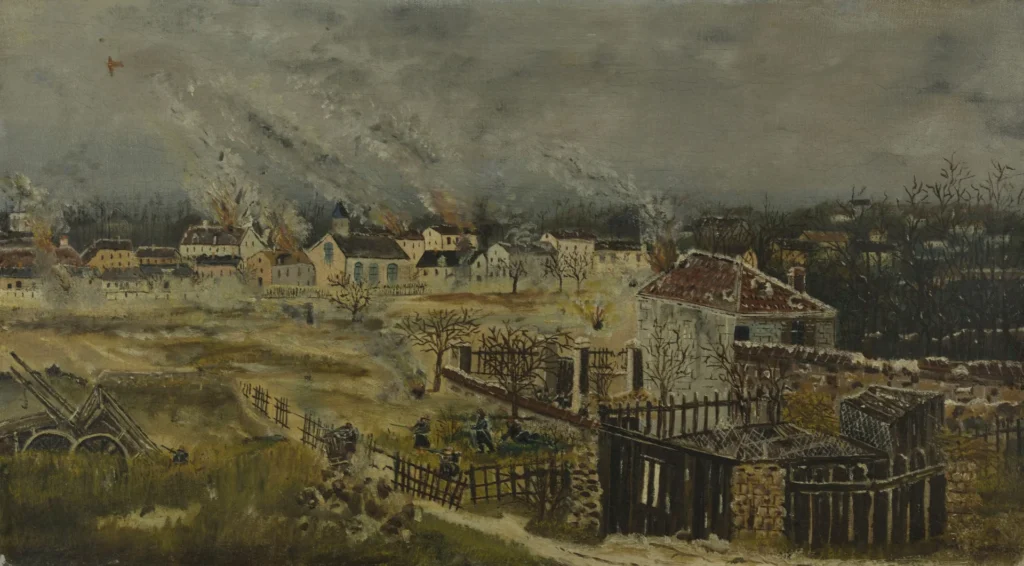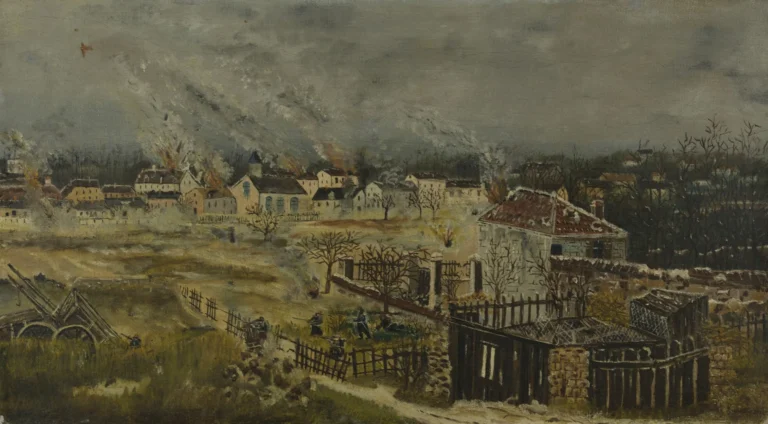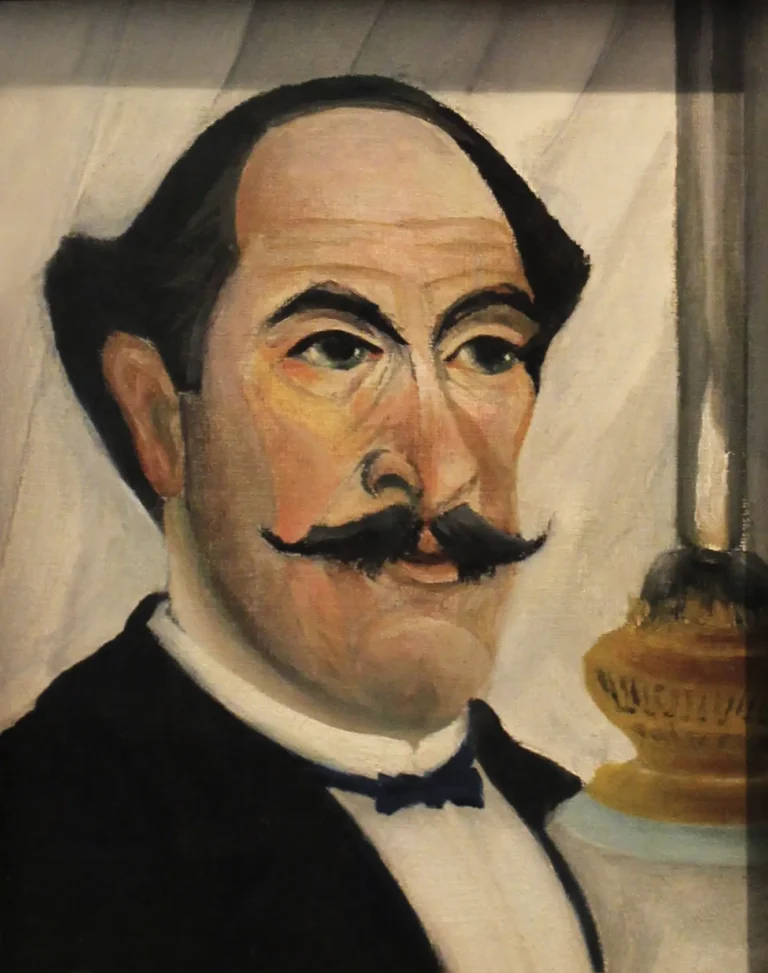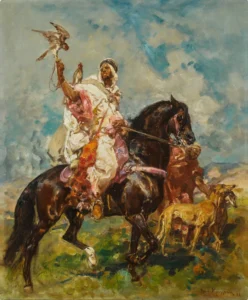Bataille de Champigny – Episode de la guerre de 1870 (1882)
This striking painting, created by the artist Henri Rousseau in 1882, depicts the intense scenes of the Battle of Champigny during the Franco-Prussian War. The artwork moves away from Rousseau's signature naive style, embracing a more composed and historically grounded representation. Housed at the Musée des Beaux-Arts de la Ville de Paris, this piece highlights not only a military confrontation but also reflects the artist's evolving technique and thematic exploration beyond the simplicity of his earlier works.
Year 1882
About the Artwork
The Battle of Champigny, depicted in this artwork, was a pivotal engagement in the Franco-Prussian War, held between November 30 and December 3, 1870. Rousseau, known primarily for his naive approach to art, crafted this painting as a historical narrative rather than through the lens of personal dreams or fantasies. In shifting his focus to battle scenes, he showcases a departure from his usual subjects, evidence of an artist ardently engaged with the tumultuous context of his time. His decision to capture a battle represents a rare insight into military history through his eyes, blending historical accuracy with his unique artistic sensibility. This painting not only memorializes a moment in time but also reflects the artist's struggle for recognition in an era dominated by more conventional historical paintings.
Did You Know
Liked what you see? Add it to your collection.
Enjoyed reading? Share it.
... continued
Artist
The painting was done by Henri Rousseau, a French painter known for his unique and simplistic style, although this work is somewhat different from his typical oeuvre.
Date
The painting was completed in 1882.
Subject
The artwork depicts the Battle of Champigny, which was a significant event during the Franco-Prussian War of 1870. This battle took place from November 30 to December 3, 1870.
Medium and Location
The painting is an oil on canvas work and is housed at the Musée des Beaux-Arts de la Ville de Paris, also known as the Petit Palais.










